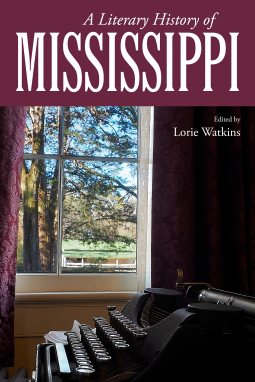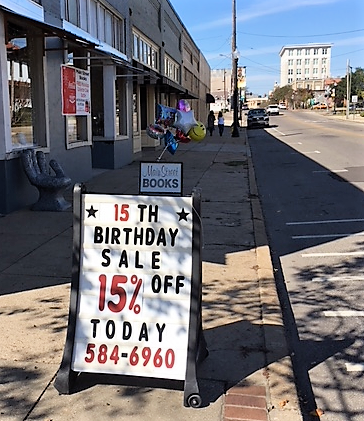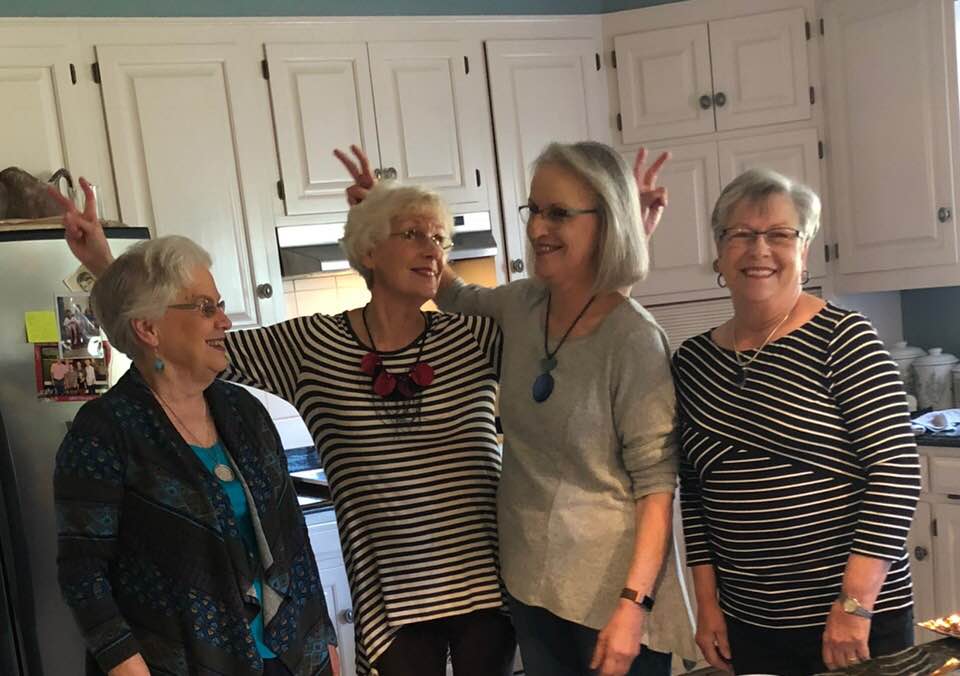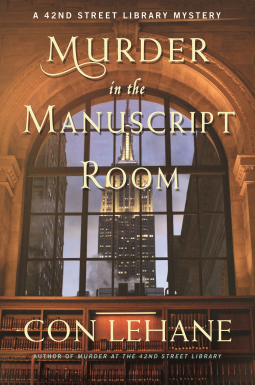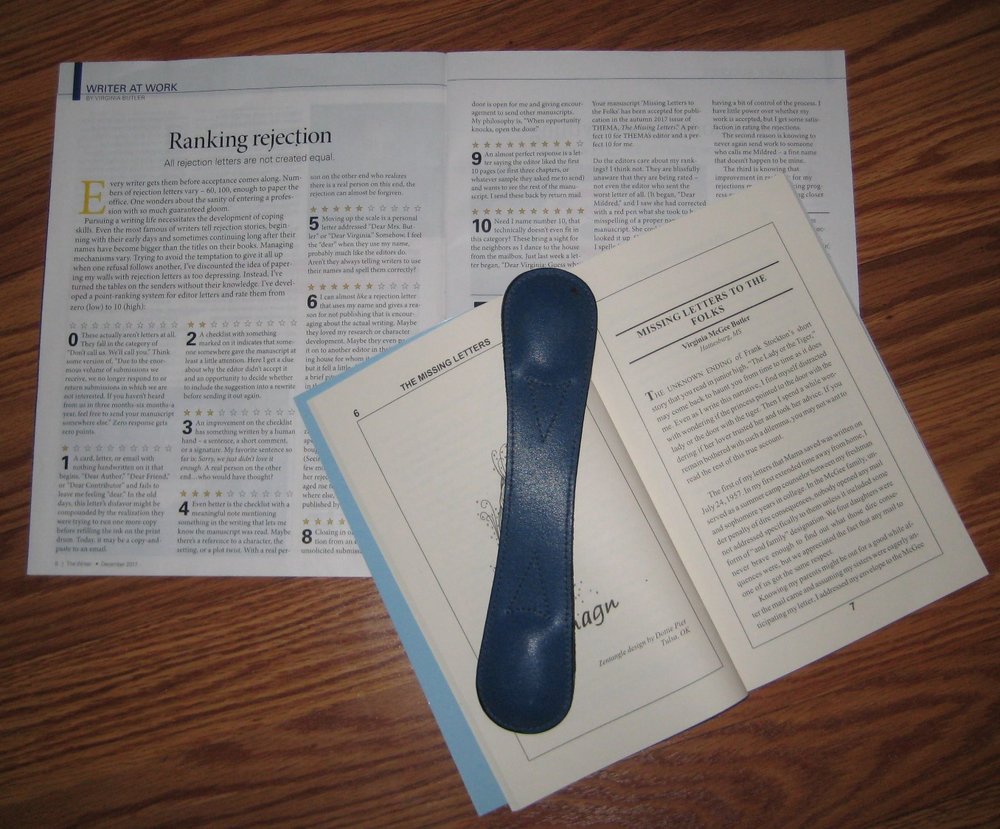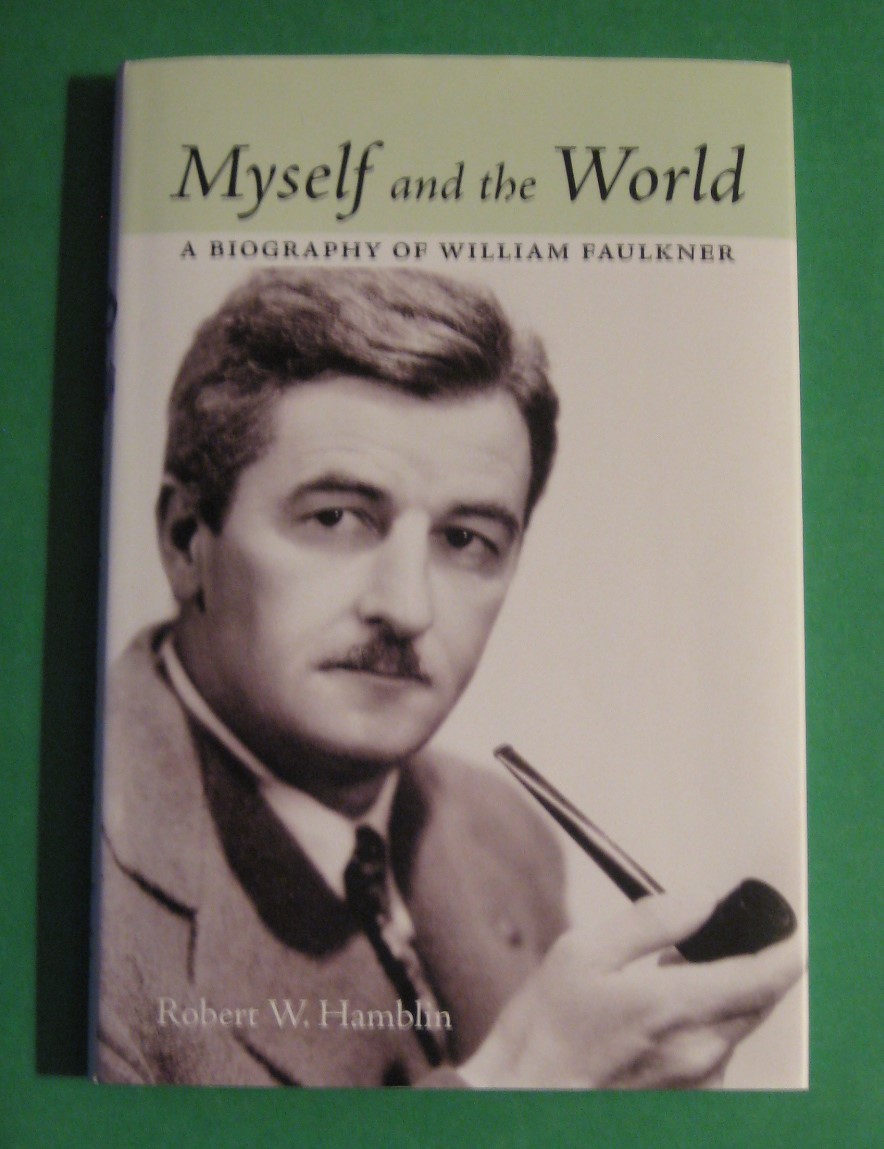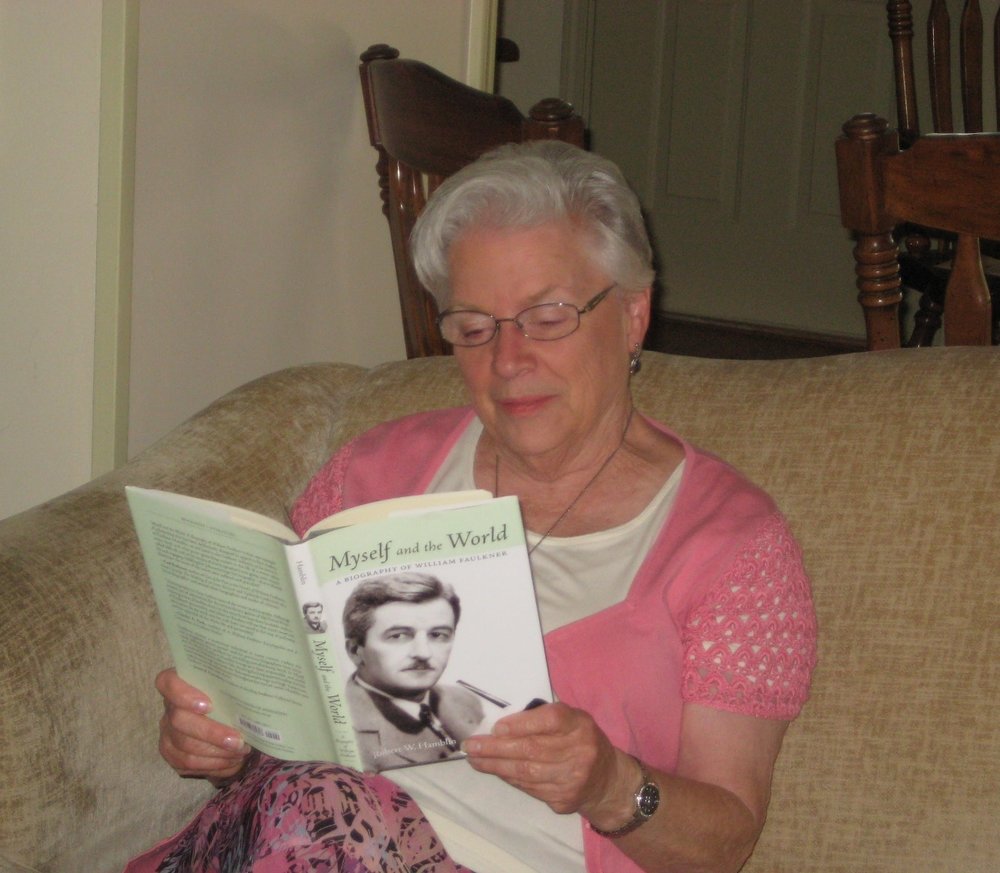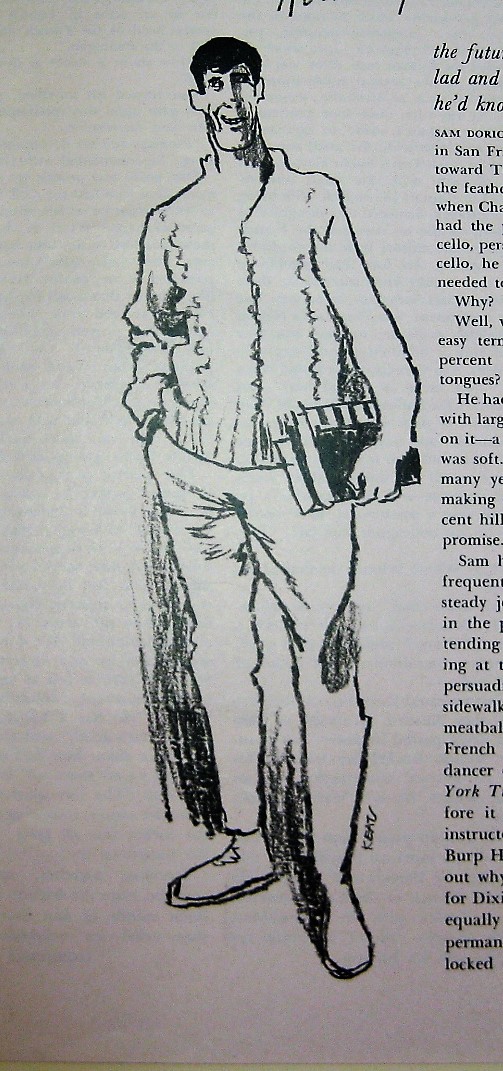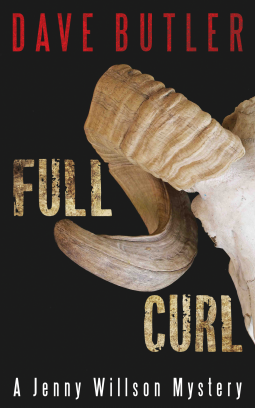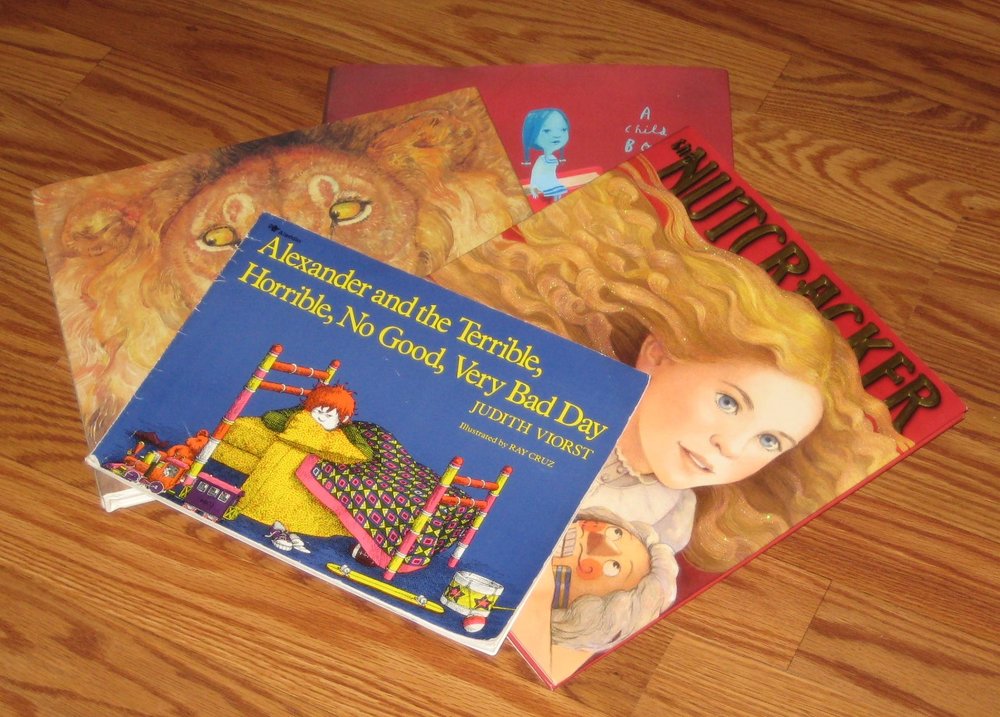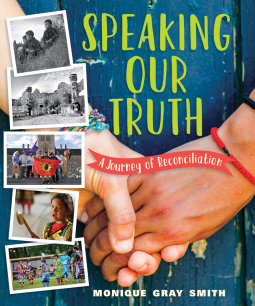 My niece, Sallie Pennebaker Wilkerson, figured out the reason for her obsession for checking packages for “Batteries not included” in a story I wrote to her and her sister Jennifer about their father after his death.
My niece, Sallie Pennebaker Wilkerson, figured out the reason for her obsession for checking packages for “Batteries not included” in a story I wrote to her and her sister Jennifer about their father after his death.
Back in the day when my three sisters and I were coping with early adulthood, I lived near our parents for a year with our four-year-old Murray, anticipating the baby to be born while Allen served a tour in South Korea. As Christmas neared, sister Gwyn Pennebaker, who had no children yet, asked for a present suggestion for Murray. I had already spent my wad when Murray began seeing advertisements for a Johnny Lightning track on TV and decided it was the “must-have” gift for him. I told Gwyn I didn’t even know how much it cost and not to worry about it if it was over their budget. (She was drawing a Mississippi school teacher salary, and John David was setting up a law practice with college debts taking a share of their income.) John David, with sympathy to this preschooler whose dad was in Korea, decided they needed to bite the bullet and get the race track.
We had our family celebration the Saturday night before Christmas. The picture tells it all as far as Murray was concerned. Whatever I got him paled in significance to this treasure. John David, as eager as Murray to get started, helped him open the package and began pulling out parts. NO BATTERIES!
It was Saturday night in the country before the days of 24/7 shopping places. There was nowhere to go – nowhere that would have batteries before Monday morning. Murray was consoled and reasonably willing to wait until Monday. John David - not so much - his Christmas surprise had been spoiled.
In the years to come, Murray’s younger cousins Jennifer and Sallie Pennebaker would never experience a gift-giving occasion with a need for batteries.
Sallie replied to my story, “So this is the origin of the reason I'm obsessed with checking every package for ‘batteries not included’ and the size of batteries needed for all Christmas toys. For instance, this year I specifically bought (2) 9 volt batteries for walkie talkies so that they would work when they were opened on Christmas day. Growing up in the Pennebaker household, we might not have a lot of things, but there was never any doubt there were plenty of batteries of all different voltages. Now I know, it is thanks to Johnny Lighting and Murray.”

